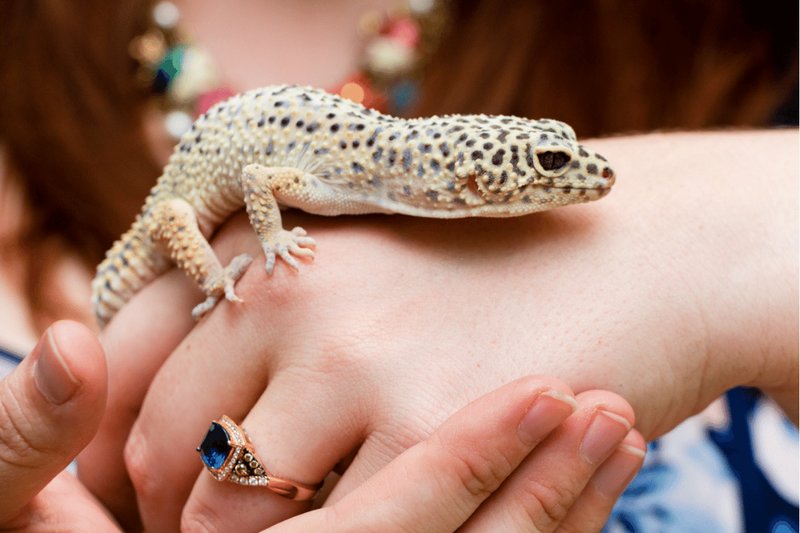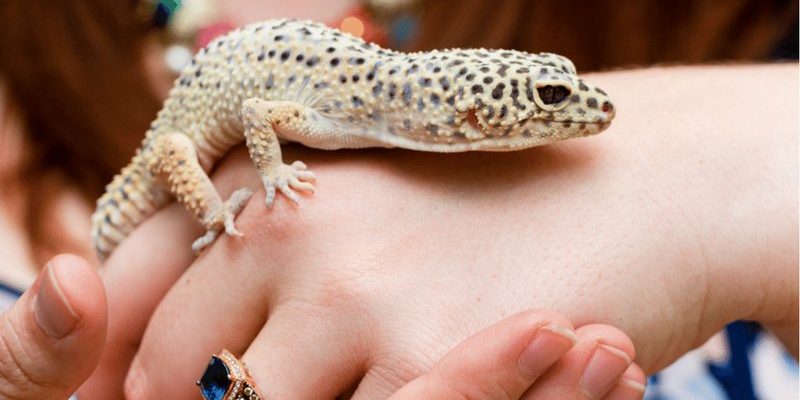
Imagine your leopard gecko as a shy friend at a party. They might not bounce around to greet everyone right away, but with a little warmth and patience, they can become comfortable. Just like people, leopard geckos have their own personalities, and this affects how they react to being handled. So, let’s dive in and break down what you need to know about handling these fascinating lizards.
Understanding Leopard Gecko Behavior
Leopard geckos are unique among reptiles due to their more social nature. They often show curiosity about their surroundings and can become accustomed to human interaction. However, they also have instinctual behaviors that might make them cautious. Think about it this way: if you were a small creature in a big world, you’d be a bit hesitant too! Leopard geckos can be skittish at first, especially if they are not used to handling.
It’s important to recognize that every leopard gecko is an individual. Some might be more prone to enjoy being held, while others prefer to observe from a distance. If you’re considering adopting one, you might want to spend time watching their behavior. This way, you can gauge their personality and determine their comfort level with handling.
Signs Your Gecko Is Comfortable
When handling a leopard gecko, look for certain signs that indicate they are comfortable with you. Here are a few:
- Calm Behavior: If your gecko isn’t trying to escape or hide when you’re around, that’s a good sign.
- Curiosity: If they come closer when you approach, it means they’re interested in you.
- Active Exploration: A gecko that’s moving around freely while you hold them is likely feeling secure.
Recognizing these cues will help you develop a trusting relationship with your gecko, making handling sessions enjoyable for both of you.
How to Properly Handle Your Leopard Gecko
When handling your leopard gecko for the first time, the goal is to make the experience as stress-free as possible. Keep in mind that these little guys can be sensitive to sudden movements. Here’s how to properly handle them:
1. Wash Your Hands: Always start by washing your hands to remove any scents or oils that may bother your gecko. It also helps prevent the transfer of bacteria.
2. Approach Gently: Move slowly. Approach them from the side rather than above, as birds of prey attack from above, and this instinct can make them nervous.
3. Support Their Body: When you pick them up, use both hands and support their whole body. It’s kind of like holding a delicate book; you want to make sure it doesn’t fall apart!
4. Limit Handling Time: Especially in the beginning, keep handling sessions short—about 5 to 10 minutes. This is all about building trust.
By following these steps, you not only ensure your gecko’s safety but also help them feel more secure in your hands.
Common Mistakes to Avoid
While handling your leopard gecko can be delightful, there are some common pitfalls to watch out for:
- Overhandling: Too much handling can stress your gecko. It’s essential to gauge their mood and respect their comfort level.
- Rough Handling: Be gentle! Rough handling can injure them or make them fearful.
- Ignoring Their Signals: If your gecko shows signs of stress—like hiding or trying to jump away—it’s best to put them back.
Avoiding these mistakes will help ensure your gecko remains friendly and open to spending time with you.
Creating a Comfortable Environment for Handling
Before you even think about handling your gecko, it’s crucial to create a welcoming environment. If they feel safe in their habitat, they’ll likely be more relaxed during handling sessions. Here are a few tips on how to set the stage:
– Hide Spots: Make sure they have places to hide in their cage. This helps them feel secure and reduces stress.
– Temperature Control: Maintain the right temperature; leopard geckos need a basking spot around 90°F and a cooler side around 75°F.
– Routine: Establish a routine for feeding and handling. They thrive on predictability, and this will help them feel more at ease.
By making their environment cozy and predictable, you’re laying the groundwork for a trusting relationship.
Benefits of Handling Your Leopard Gecko
So, why should you bother handling your leopard gecko? There are several benefits to consider:
- Bonding: Regular handling helps build a strong bond between you and your pet, enhancing your relationship.
- Lower Stress: A gecko that’s used to being handled is generally less stressed. They’ll see you as a friend, not a threat.
- Health Checks: Handling allows you to regularly check your gecko for any signs of health issues, ensuring they stay happy and healthy.
These benefits not only make your gecko’s life better but also enhance your enjoyment of having a pet.
Final Thoughts on Handling Leopard Geckos
In conclusion, leopard geckos can indeed enjoy being handled, provided it’s done the right way. Understanding their behavior and creating a comfortable environment are key factors that enhance their experience. Remember, every gecko has its own personality, and building your relationship takes time.
When you strike that perfect balance of gentle handling and observation, you’ll find that your leopard gecko starts to trust you more and even enjoys your company. So, take it slow, and enjoy the process of getting to know your little companion!

